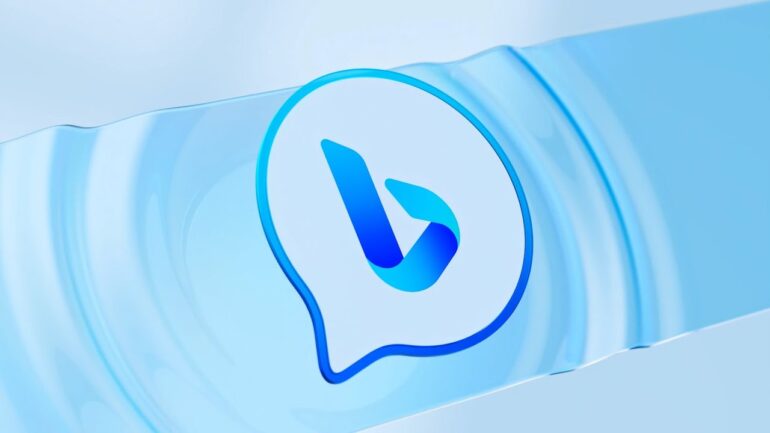TL;DR:
- Microsoft’s Bing Chat AI bot introduces visual search, allowing users to search using images.
- Users can upload or take a photo within Bing Chat to obtain information and answers about the image.
- The update is part of the AI arms race among chatbot leaders like Microsoft, Google, OpenAI, and Anthropic.
- While image search is becoming common, text-based chatbots currently cannot generate their own images.
- Google plans to incorporate image generation for its Bard chatbot in the future.
- Microsoft’s decision to include image support follows Google’s recent image search feature for Bard.
- OpenAI’s ChatGPT remains text-based, and Anthropic’s chatbot, Claude 2, operates similarly.
Main AI News:
Microsoft’s Bing Chat AI bot has introduced a groundbreaking enhancement: image-based search capabilities. This latest update empowers users to simply capture or upload a photo within Bing Chat, either through the desktop platform or the Bing apps, and effortlessly inquire for further details about the image.
Microsoft elaborated on the innovation, stating, “Bing can now comprehend the context of an image, decipher its meaning, and provide answers to inquiries related to it.” This newfound functionality is immensely useful, whether you find yourself exploring a new city and wish to learn about a particular building’s architecture or seeking lunch ideas based on the ingredients in your fridge. By uploading the image into Bing Chat, users can tap into the vast knowledge of the web to obtain accurate and informative responses.
This development arrives in the midst of an escalating AI arms race between influential chatbot developers such as Microsoft, Google, OpenAI, and Anthropic. As they vie to create the most advanced generative AI systems, these tech titans are diligently rolling out innovative features to not only stay on par with their text-based chatbot counterparts but also cater to the demands of image-centric AI tools.
While image search functionality, including responses featuring images, is now an integral part of the chatbot user experience, it seems that none of the leading text-based chatbots have yet mastered the ability to generate their own images. This sets them apart from tools like Midjourney, Stable Diffusion, and DALL-E 2. However, Google has announced that image generation capabilities will soon be available for its Bard chatbot, indicating a promising future in this regard.
In response to Google’s recent introduction of an image search feature for Bard, its AI chatbot, Microsoft has made the strategic decision to incorporate image support within Bing Chat. Leveraging the power of Google Lens, users can request information from Bard about any uploaded image, ask it to generate captions, or even add a touch of flair to the chatbot’s responses, such as soliciting restaurant recommendations with accompanying photos of the establishments’ interiors. As of now, OpenAI’s ChatGPT remains exclusively text-based and does not support photo uploads, while Anthropic’s chatbot, Claude 2, operates similarly.
Conclusion:
The introduction of image-based search capabilities in Microsoft’s Bing Chat signifies a significant advancement in the chatbot market. By enabling users to search using images, Microsoft aims to enhance user experiences and cater to the growing demand for visual interactions. This move further intensifies the competition among leading chatbot developers, as they strive to stay ahead in the AI arms race. While text-based chatbots are adopting image-related features, the ability to generate images remains a differentiating factor. As the market evolves, integrating visual search capabilities will be crucial for chatbot developers to remain competitive and meet user expectations.

